The abundance of chocolate on store shelves pleases the eye of its lovers (and this is the majority of people), but that is precisely why choosing quality chocolate is not so easy.
Nowadays, there are many imitation products, products with many additives, and even some of them have almost nothing in common with real chocolate. If you want to try real quality chocolate, you need to learn to recognize it. Let's see how.
Study the composition of chocolate
The most valuable ingredients of real chocolate are cocoa butter and cocoa mass. If the packaging says that they are included, then this is not an imitation confectionery chocolate, but real chocolate.
Some manufacturers cheat and replace cocoa butter with other vegetable fats (palm or coconut oil) or use an equivalent of cocoa butter. This word hides many substances, such as sal butter, shea butter. A product that contains them cannot be considered chocolate.
Instead of cocoa mass, cocoa powder can be added. This reduces the cost of the product, but worsens the taste, the healthiness of chocolate decreases.
Soy lecithin is also often found in real chocolate. It is considered a natural ingredient, is not harmful and in reasonable doses does not affect the quality of the product. Lecithin acts as a thickener and is used to facilitate working with chocolate during the production process.
Flavors, dyes, smell and taste enhancers in a quality product should not be present. Quality chocolate also contains very little or no sugar and is very healthy.
As for additives, there are no rules about what goes better with chocolate and what doesn't, it's all a matter of taste. Freeze-dried (cold-dried) fruits are added, which retain all their microelements, citrus peels (lemon, orange), salt, nuts, raisins, as well as spices - black pepper, cinnamon, vanilla. Creams, liqueurs, caramel, puffed rice, wafers, cookies are also added. Some manufacturers have mastered very bold combinations, such as chocolate with cheese or bacon or with chili peppers, which are popular among food lovers.
White chocolate differs slightly in its composition. High-quality white chocolate should contain cocoa butter, whole milk powder, soy lecithin, sugar and natural vanilla.
Look at the shelf life of chocolate
The standard shelf life of classic chocolate is 12–18 months. But if the product has additives, you should think about what filling it contains. Dairy soufflés, creams, wafers and dried fruits reduce the shelf life.
Consider the appearance of the chocolate
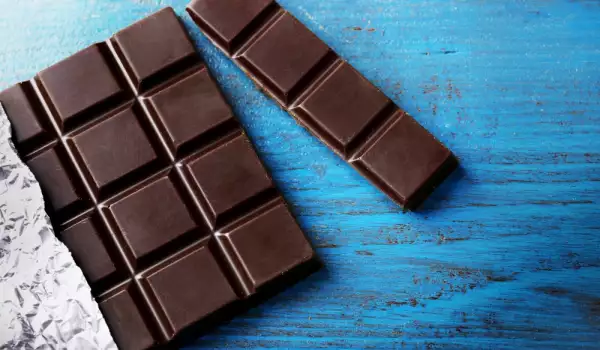
The main characteristics of high-quality chocolate are a smooth shiny surface. If the bar is matte, it is possible that low-quality raw materials were used in its production. Or the product has undergone some external impact: it has melted or frozen.
When broken, the structure of the bar should be homogeneous, if it is not aero chocolate.
Sometimes it happens that there are small stripes on the back of the chocolate bar. This is a good sign. It shows that the product was prepared using the correct technology, there is no or little soy lecithin.
A gray coating, a stratified structure, uneven shapes indicate that the chocolate was most likely stored incorrectly.
Take the chocolate in your hand
Real chocolate melts very quickly. But if it softens as soon as you pick it up, this is not a good sign. Most likely, the product was not properly tempered during production. Tempering is the process of crystallization of cocoa butter in chocolate, which occurs according to a certain pattern.
The chocolate should melt in your hands, but not immediately, but after some time. If the chocolate does not melt at all, does not leave any traces, this is also a bad sign. Its composition most likely contains a lot of lecithin, which changes the structure of the product.
Quality chocolate breaks with a characteristic crunch. This suggests that it contains cocoa butter and cocoa mass.
Try it
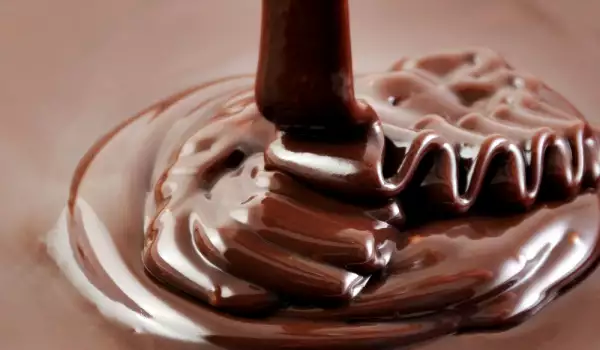
The presence of vegetable fats is often felt on the tongue. If the chocolate tastes like machine or technical oil, this is a sign of palm oil content. There should always be a balance between tasty and healthy. If you feel an imbalance, something unusual, discomfort in the process of trying super expensive products, then something is wrong.
Storage of chocolate
It is also important to pay attention to the conditions for storing chocolate, since they largely affect the quality of the product.
The optimal temperature indicators for storage of chocolate are from 7 to 18°C. If the temperature regime is violated, a whitish coating may appear on the bar.
The product should be stored in a place protected from direct sunlight. It is undesirable to store chocolate in the refrigerator, since the temperature there, as a rule, is lower than recommended.
What should be the packaging of chocolate
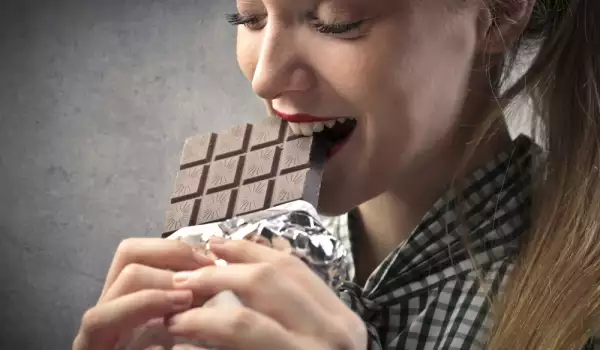
To preserve the characteristics of quality chocolate, foil or flow-pack is required - a special foil, which also protects the chocolate from damage and sunlight. On top - paper or cardboard.
Conclusion
Good chocolate looks good and is made of few and simple ingredients - cocoa butter, cocoa mass and not necessarily - soy lecithin. A little sugar, vanilla or other quality additive are a matter of preference and taste. The important thing is that eating it gives you pleasure!
Find out also how long chocolate lasts, why chocolate turns white and what will happen if you eat expired chocolate after the expiration date.
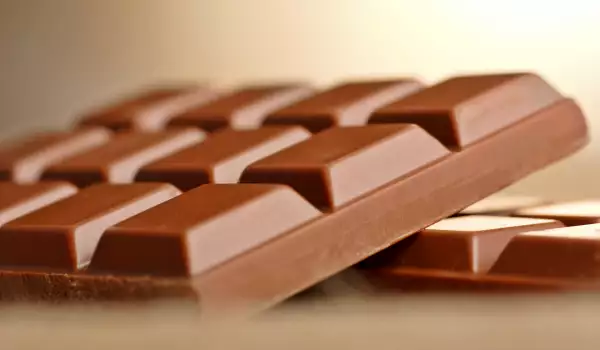

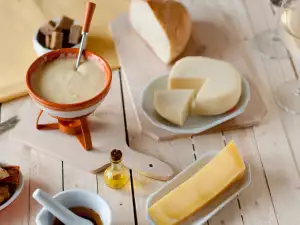

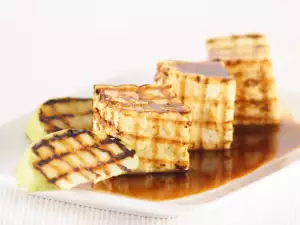
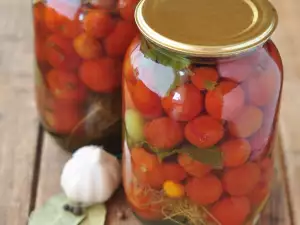
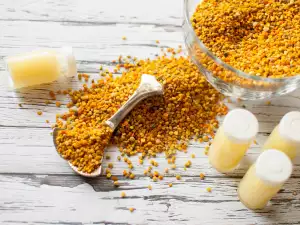
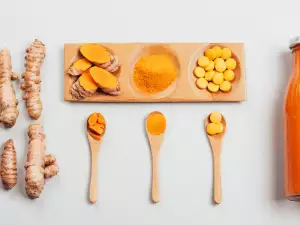


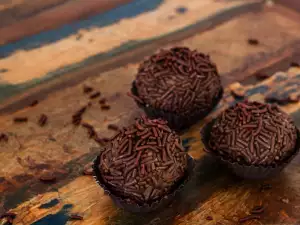
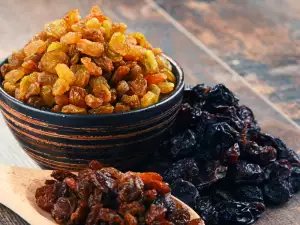
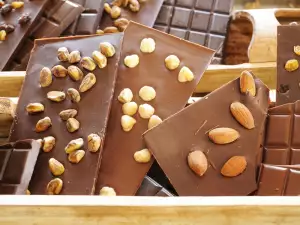


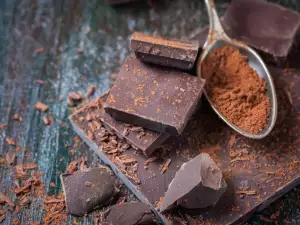




Comments